THE HIGH ATLAS VIRTUAL STORY
This online virtual story includes a selection of visual outputs produced by the High Atlas Cultural Landscapes Programme over the past years. Visual outputs include photo stories, videos, booklets, and much more portraying different activities and results of the Programme. The contents included are mostly in English, with some in French, Dariya and Tamazight (with translations).
Please, hover over the image and select one of the 5 areas included: plants and cultural practices; animals and pastures; cooking and food; local product commercialization and cooperatives; and research & action. Within each area, a "menu" will appear, with the multiple visual outputs available as miniatures. Select the one you prefer. Enjoy!
-Gonzalo Oviedo, Mediterranean Programme Manager for Cultural Landscapes, MAVA Foundation

Cooking and Food
High Atlas gastronomy and cooking is based on proximity products, both of plant and animal origins, which provide a myriad of recipes, dishes and teas.
These culinary transformations, mostly occurring in kitchens and fireplaces allow for local foods to be shared with the household, extended family and in celebrations.
Photo story: Preserving cultural heritage

Video: Traditional Recipes: Bread making in traditional Amazigh Oven

Video: Traditional Recipes: Toummit Tabrommiyt

Video: Traditional Recipes: Couscous

Booklet: Med food heroes cookbook

- Touda Atyha, Community Researcher Ait M’hamed
Plants and cultural practices
Plants and their ecosystems play an essential role in Amazigh livelihoods, with multiple cultural practices associated with them. Whether located in natural and semi-natural environments, or in agricultural terraces, arboreal, shrubby, and herbaceous species provide food, fodder, medicine, and other materials to local families.
We include here a selection of visual outputs relating to plants, and the conservation and development activities carried out by the Programme.
Photo story: Growing seeds of resilience

Photo story: Savoirs ancestraux

Video: Les pratiques bioculturelles a Imegdal

Booklet: Plantes médicinales d’Imegdale

Story map: Measuring impact in Cultural Landscapes of the M6 OAP/ AMNC

Story map: High Atlas Cultural Landscapes GIS data

- Nihad Aasimi, Regional Community Researcher, Azilal
Animals and pastures
Animal husbandry and pastoral livelihoods are at the core of Amazigh life. Since millennia, semi-nomadic and nomadic lifestyles have shaped the landscapes of the High Atlas, despite the transformations and transitions occurred.
Agdals, i.e., communal summer pastures with complex customary rules and institutions and highly biodiverse, constitute the epitome of pastoral lifestyles in Morocco. A series of visual outputs regarding these spaces are provided next.
Photo story: Transhumance in the High Atlas

Photo story: Territories of life on the edge

Video: Ait Atta transhumance journey

Photo story: On the long trail

- Pommelien da Silva Cosme, GDF Morocco Programme Director
Local product commercialization and cooperatives
Local products are exchanged in local and regional markets (souks), allowing household economies to sustain their livelihoods. Cooperatives play a key role in the commercialization of produce, and the Programme has been collaborating with them to improve and sustain initiatives supporting biocultural diversity conservation and development.
A few activities carried out with local cooperatives are provided next.
Photo story: Cheese. Honey. Argan. Saffron & More.

Video: Harvest festival teaser

Video: Cooperatives: Azilal Region

Video: Cooperatives: Demnate Region

Video: Cooperatives: Al Haouz Hub

Photo story: High Atlas Food Market, 1st edition

Website: Marrakech Harvest Festival website

- Meryam Aakairi, MBLA Field Agronomist
Research and action
Over the years, the Programme has produced a number of dissemination documents and materials, academic and non-academic, provided here.
These include research and actions carried out by the team in collaboration with local communities and partners. Additional documents and materials can be found in the resources page of this website.
Placing the High Atlas on the global map. A visual journey (58 pp.)

Placing the High Atlas on the global map. Main publication (190 pp.)

High Atlas Biocultural Database

Video: Mentoring training with High Atlas coops

Photo story: Supporting High Atlas Biodiversity

- Ugo D’Ambrosio, GDF Scientific and Technical Advisor.









